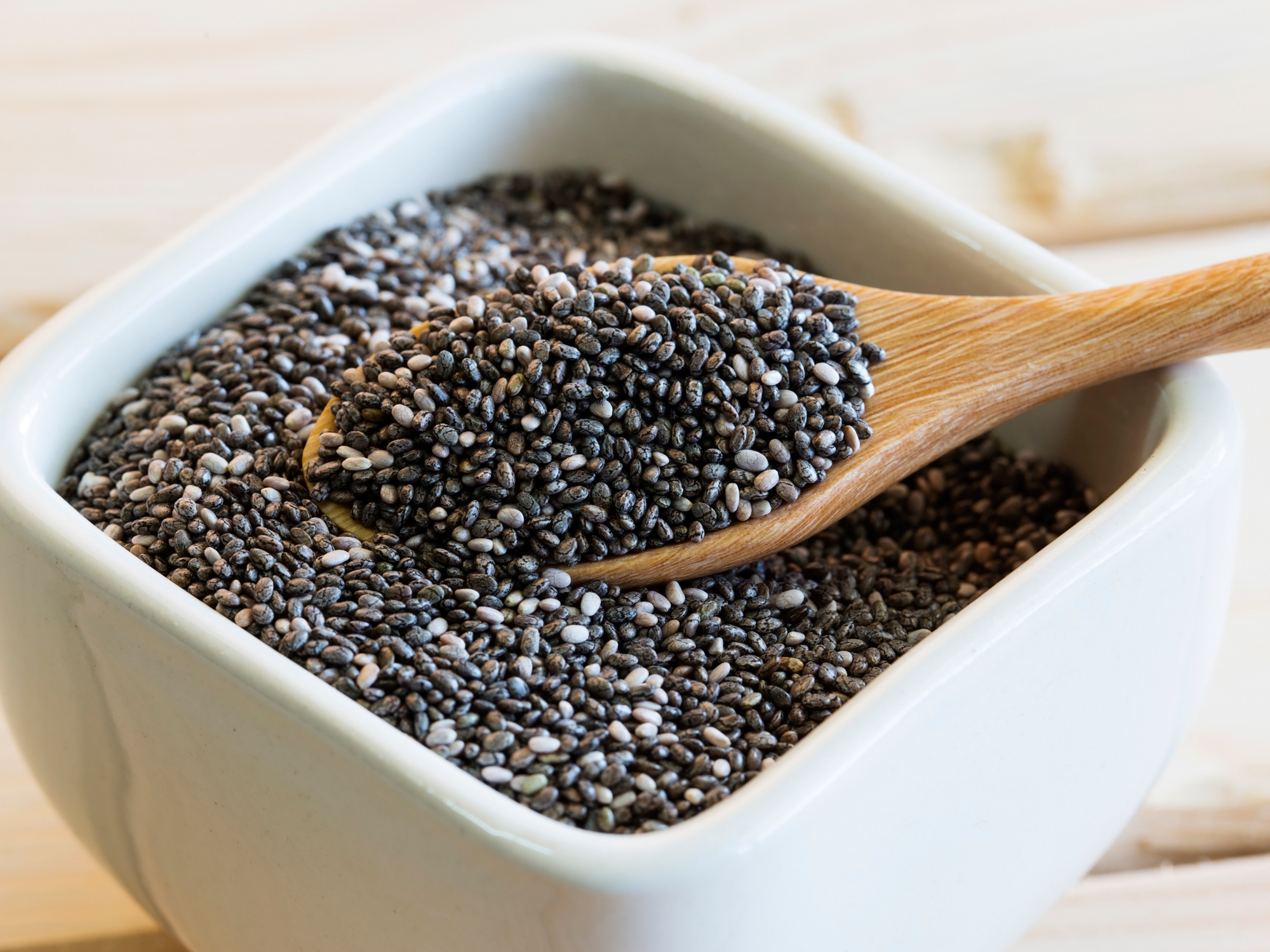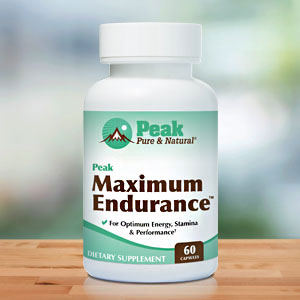Get Easy Health Digest™ in your inbox and don’t miss a thing when you subscribe today. Plus, get the free bonus report, Mother Nature’s Tips, Tricks and Remedies for Cholesterol, Blood Pressure & Blood Sugar as my way of saying welcome to the community!
What this tiny seed does to your big appetite

It’s not always easy to eat right when you’re on the run or busy…
So instead of sitting down to a well-balanced meal three times a day, most of us may end up getting at least one meal a day in the drive-thru…
Or worse, you might miss a meal altogether and end up binging on a not-so-healthy snack to quell your gnawing hunger, like that box of doughnuts calling your name from the office breakroom.
Each of these scenarios can result in blood sugar spikes, or dips, that create dramatic ups and downs in your energy and mood. That’s no fun for you — and not good for your insulin sensitivity.
Because reduced insulin sensitivity leads to insulin resistance — putting type 2 diabetes just a hop and a skip away.
But there’s a little (tiny, actually) food that can help…
Tiny seed, big superfood
Chia seeds boast high amounts of protein, polyphenols, peptides, antioxidants, omega-3s, fiber and loads of vitamins and minerals — just a few of the reasons this little seed has superfood status!
But research has uncovered two more that can help keep all of us on track when it comes to maintaining healthier blood sugar levels — and eating better…
When researchers gave a group of healthy participants a glass of water containing 25 grams of ground chia after a meal containing 50 grams of carbohydrates (which is a lot for one meal), they found it not only helped reduce spikes in blood sugar but also helped them feel full.
Lower blood sugar with chia
The study, published in the European Journal of Clinical Nutrition, found that “chia seed water” reduced peak glucose levels by 39 percent, following the study participants’ high carbohydrate meal.
That’s impressive, especially when you consider similar studies have shown that chia consumption with meals reduces peak glucose by an average of 35-41 percent. You might say the proof is in the overnight chia seed pudding!
These findings are incredibly important to blood sugar control because the results are not only the immediate blood sugar-lowering effect — but an indication that chia seeds may also prevent downward surges in blood sugar.
If you’re struggling with energy issues or fatigue, or have blood sugar regulation issues like prediabetes, adding 2 teaspoons of chia seeds to your meals may make a big impact — and that’s cheaper than those side effect-riddled injectable drugs we’ve all been reading about!
Feel fuller longer with chia
Satiety refers to your feeling of fullness. It’s how foods influence your hormones and hunger responses so your brain registers that you are full.
And you know how important that is to control cravings and decrease your appetite.
During the same research, scientists discovered that chia seed intake improved all satiety measurements, outdoing its closest competitor — flax seed, a superfood in its own right — by a mile, in all aspects of satiety measured, including:
- Desire to eat
- Hunger
- Fullness
- Prospective consumption
- Overall appetite
While both seeds are high in dietary fiber, their “fiber makeup” is different. Flax actually consists of five times the amount of soluble fiber on a per-gram basis. Logically thinking, flax should outdo chia but that was obviously not what happened in this study.
Chia well and truly outperformed flax…
On further exploration, the researchers discovered that chia has a much higher viscous gel-like fiber content, practically 4 times higher than flax. The two seeds also consist of different fiber compounds and this affects their water-holding capacity and vulnerability in the acidic environment of your digestive tract — which is a big part of the chia’s success…
This viscous gel and superfood strength of chia seems to alter the rate at which carbohydrate is absorbed — and has a stronger impact on hormones and enzymes that control blood sugar and satiety.
So there you have it! This study and others keep fortifying the chia seed’s reputation as a “therapeutic weapon for metabolic disorders.”
Try adding a few seedy friends to your daily routine — both seeds have health benefits but chia seeds are the clear winner of the superfood-status race!
Editor’s note: Are you feeling unusually tired? You may think this is normal aging, but the problem could be your master hormone. When it’s not working, your risk of age-related diseases skyrockets. To reset what many call “the trigger for all disease” and live better, longer, click here to discover The Insulin Factor: How to Repair Your Body’s Master Controller and Conquer Chronic Disease!
Sources:
Comparison of flax (Linum usitatissimum) and Salba-chia (Salvia hispanica L.) seeds on postprandial glycemia and satiety in healthy individuals: a randomized, controlled, crossover study — European Journal of Clinical Nutrition
Chia seeds (Salvia hispanica L.): A therapeutic weapon in metabolic disorders — Food, Science and Nutrition














